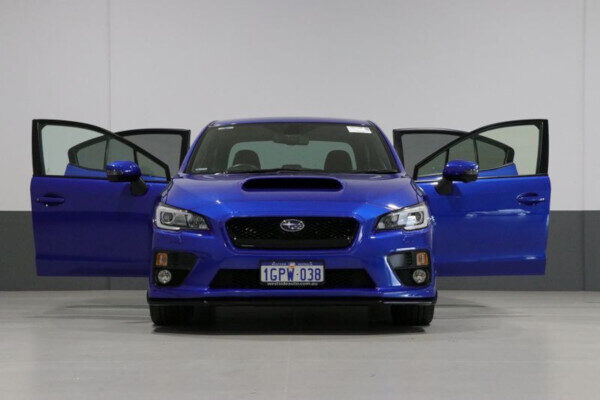
With the Western Australian summer rapidly approaching, is it necessary to have window tint on my vehicle?
Before deciding whether you think it’s worth tinting the windows on your vehicle, it is important to get a brief overview of ultraviolet light.
Western Australia has high levels of ultraviolet light (UV) during the warmer months, particularly summer. Two forms of UV, known as UVB and UVA, are harmful to humans.
UVB is the chief cause of reddening and sunburn, and it plays a key role in the development of skin cancer.
UVA is 30 to 50 times more dangerous than UVB as it significantly penetrates the skin. The more exposure to this form of UV radiation, the more your skin will wrinkle and age. Medical experts have stated that UVA radiation is often the cause in initiating the development of skin cancers.
The glass on motor vehicles
Many cars will have two types of glass: laminated and tempered.
Laminated glass is normally found on the windscreen of a vehicle. Polycarbonate fills this type of glass and blocks the majority of UVB and UVA radiation.
The type of glass you find on a car’s door windows is tempered glass. This type of glass will protect you from UVB radiation, but not UVA radiation – the most harmful form to our skin.
Benefits of window tint on your vehicle
According to the Cancer Council, “Clear or tinted films can reduce the amount of UV radiation penetrating through the side glass by over 99%”.
The Australian market is flooded with a number of tint products that claim various benefits.
Some of these include:
- Heat reduction
- Glare reduction
- Fade resistance
- Privacy
- Good looks
- Safety
- UV protection
Automotive experts have challenged some of the benefits listed above. However, it has been proven that certain tint products are beneficial in an accident as glass pieces are held together in the film, helping to prevent glass from shattering everywhere.
The most important benefit to good quality and reputable window tint is UV protection, as it helps to protect your skin from UVA and UVB damage.
Choosing your tint
First and foremost, you should choose a tint product that offers UV protection. The reputable brands will contain UV protection amongst some of their products.
It is also a good idea to choose a tint product that offers a lifetime guarantee. Many lifetime guarantees will provide warranty on the workmanship and rectify any bubbles that appear in the tint.
A common misconception amongst consumers is that darker film is more effective than lighter film. This is not necessarily the case – clear tint can offer the same amount of UV protection as very dark tint. The darkness or shade of tint ultimately comes down to personal preference.
How dark can your tint film be on a motor vehicle in Western Australia?
On a passenger vehicle, the rear window of a vehicle is allowed to have 20% of visible light transmission film applied. This essentially means 20% of the available light passes through the window. The front window is allowed to have 35% VLT.
The windscreen isn’t allowed to have film applied to it. However, a band across the top of the windscreen is permitted as long as it covers no more than 10% of the total area.
The verdict on tinting your motor vehicle
Providing you choose a reputable tint product that offers UV protection, there is significant evidence to suggest it is definitely beneficial to have window tint on your vehicle.
In the unfortunate scenario of a car accident, there is also the safety aspect of tinted film holding the glass together.
Westside Auto Wholesale is partnered with one of the world’s most reputable tint brands. Ask one of the sales members about it when purchasing your next car. The tinting process is efficient and can be fitted to your vehicle onsite or at a specific address in the metro area.
Sources
https://autoexpert.com.au/posts/should-i-get-my-car-windows-tinted
https://wiki.cancer.org.au/policy/Position_statement_-_Tinted_windows
https://www.transport.wa.gov.au/mediaFiles/licensing/LBU_VS_IB_119.pdf
